I have gone on regular tangents over the years about my views on crossover projects and the inherent difficulty in doing them well. Earlier this week, I stumbled on a brand-new example of what is, in my opinion, a crossover project done wrong.
First of all, I want to give some well-deserved praise to Welsh bass-baritone Bryn Terfel. As Leporello, Wotan, Nick Shadow or even Sweeney Todd, he shows a powerful yet dynamic range not only in sheer vocal power but also in nuance. Not for nothing has he received several awards and numerous glowing reviews since his debut in the early 1990s.
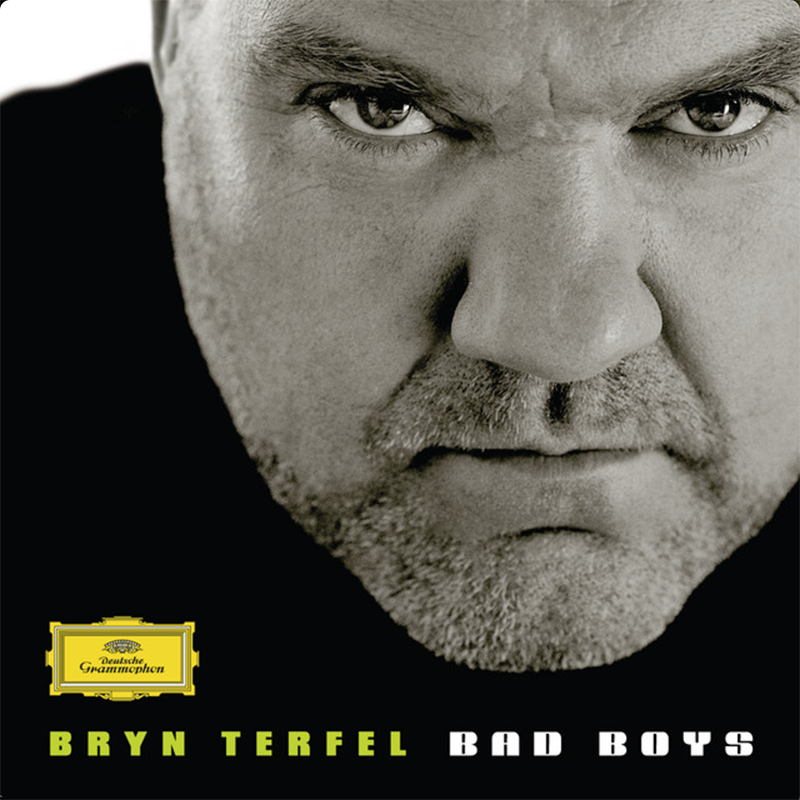
A nice selection of his many villainous performances can be found on the amusingly titled album “Bad Boys”. That album, released some 15 years ago, apparently followed a substantial international promotional tour where Terfel performed with local orchestras. In Swedish newspaper Dagens Nyheter, Johanna Paulsson wrote that it was “as much about beautiful singing as about acting. Additionally, he [Terfel] has an amazing ability to alter his voice to suit his mixed repertoire”.
Paulsson even explicitly writes: “With his mixed programmes, he [Terfel] has managed to woo a large audience, he has his own fan club called the ‘Terfeliaid’, but never becomes as artistically watered-down as Globe Arena-packer Andrea Bocelli.” Indeed, Terfel has a history of both performing and recording music outside his operatic home base, even going so far as a Christmas album released in 2010.
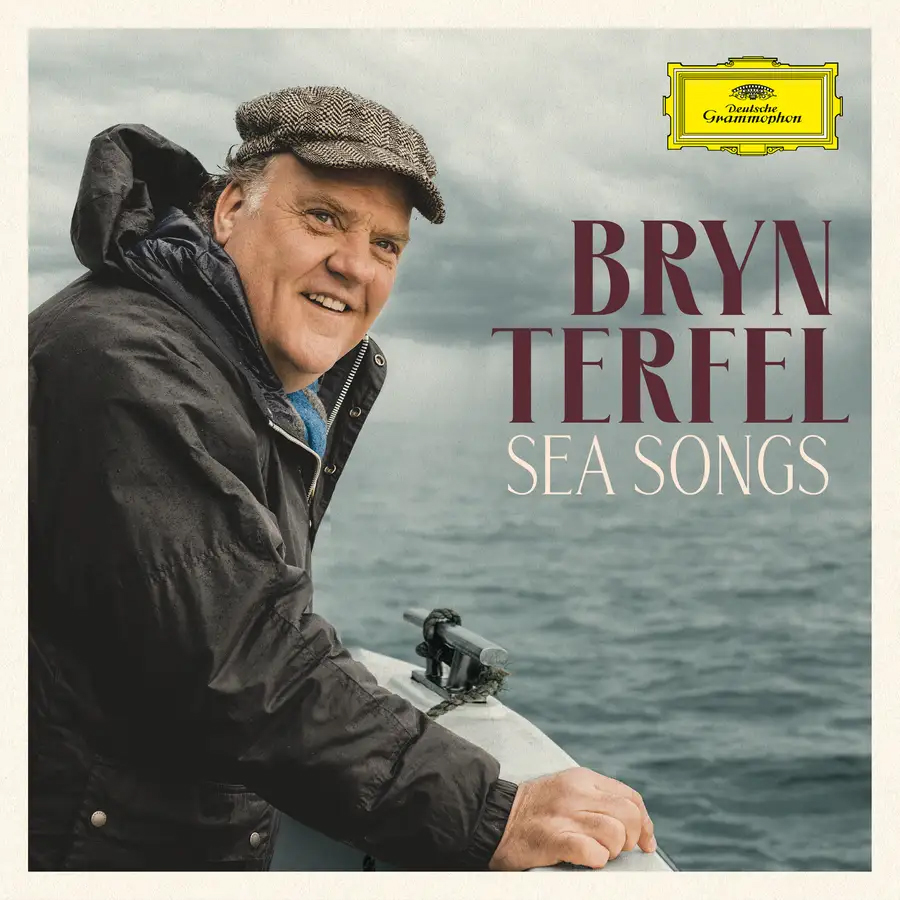
Terfel’s latest album release is “Sea Songs”: yet another crossover adventure, that he “cannot begin to describe how thrilled” he is about. Specifically, as a Welsh singer, he says that it was an exciting project to record shanties and other naval-adjacent folk songs. His principal partner-in-crime appears to have been a classical violist, fiddler and composer named Patrick Rimes, and Rimes’ folk band CALAN (who, according to their website, met at a folk music course in Sweden, of all places!).
Immediately, problems appear like storm clouds on the horizon.
While I appreciate that Terfel brings with him an impeccable diction, even in the to my ears incomprehensible Welsh language, his full-bore baritone ill fits together with acoustic guitar, double bass, fiddle, and pipe in the album’s first track, Fflat Huw Puw. It doesn’t get much better when he belts out Drunken Sailor together with opera baritone colleague Simon Keenlyside. With the even more energetic musical arrangement comes even more energetic singing, of a kind that to me sticks out like a sore thumb.
Also, a few specific thoughts about that energetic arrangement.
While the recordings were obviously competently made, the microphones didn’t pick up any fun that the musicians might have had while playing. Fiddler – and principal arranger for the entire album – Patrick Rimes shreds throughout the aforementioned Drunken Sailor, but in my ears, it sounds kind of anodyne, polished, lacking the ferocity that they seemingly want to convey. I get that same feeling from all the more up-tempo tracks on the album.
It brings to mind that complaint that is often aimed at artists like Toto, or even ABBA, that their music was so well-produced and polished to such an impeccable sheen as to make the music impersonal, dispassionate, boring. Now, I wholeheartedly disagree with regard to those particular groups, as well as others; the musicians’ skills and time spent perfecting takes in the studio do not, to my mind, take away from the power of a song like Summer Night City or Tale of a Man.
In the case of “Sea Songs”, though, I do get that dispassionate impression from the way the music sounds. Listening to the effortlessly well-played eleventh track for instance, The Wellerman, makes me confused. It is probably the one track that comes closest to actually getting me excited, but I still cannot shake an incongruity between the way I feel and the way it sounds like they want me to feel.
It brings to mind Russell Crowe as disgraced Roman general Maximus in Gladiator, indignantly barking “ARE YOU NOT ENTERTAINED?” at the mildly interested crowd. In her short review for The Guardian, Fiona Maddocks writes that “there’s a mood of friendship in his [Terfel’s] lineup of fellow musicians”. I wish I heard what she heard.
Not every track on “Sea Songs” is a disaster. The calmer tracks collectively turn out better, letting Terfel ease up on the gas and, in that restraint, display the breadth he is capable of. The duet Ar lan y môr, with Welsh singer-songwriter Eve Goodman, starts out quite beautiful, but regrettably, halfway through Terfel starts pushing and the songs falls apart. Where his and Goodman’s voices blended quite well before, now they sound quite apart.
The track before, Me ‘zo ganet e-kreiz ar mor, on the other hand, is a true standout, however. Haunting and melancholic, and beautifully arranged for harp, accordion, and solo viola (sic!), Terfel uses just the right amount of vocal power to ground the song. This is another duet with Eve Goodman, and here their voices complement each other well, even though hers is of a much lighter timbre.
Hearing Bryn Terfel as Falstaff in Verdi’s opera – another recent release, recorded live at the Verbier Festival in 2016 – sounds like Terfel in his element, putting his considerable vocal talent and resources to excellent use. In yet another recently released Verbier live recording, dating as far back as 2011, he sings a mighty interpretation of Jacques Ibert’s four songs for the 1933 film Don Quixote with (Welsh, of course) pianist Llŷr Williams. A little on the heavy side, but still rather enjoyable.
In a way, listening to “Sea Songs” even makes me angry. Why make this album at all? Contract obligations with the record label? Too many fawning yes-men involved? I want to believe that it is a kind of labour of love, but even if that is the case, it doesn’t excuse the outcome.
While Bryn Terfel is an accomplished operatic bass-baritone with certain art song and oratorio sensibilities, he does not seem able to alter his voice (quoting DN’s Johanna Paulsson above) enough to perform folk songs like this. The slower songs work better, but otherwise he sounds more like a bull in a china shop, with the other musicians tip-toeing around him, not able to fully relax and let go, with the result being stilted, detached performances.
Circling back to my initial thought about failing crossover projects, I believe that in order for one to be successful, those involved need to master each style or genre in the mix. It’s not enough to be able to perform really, really well in one of them; you need to be able to handle both convincingly well, either by actual proficiency or by simply faking it well enough.
Compare the brilliant “Final Symphony II” album with orchestral music based on soundtracks from various Final Fantasy games, with the serviceable but pitifully ill-thought-out compilation “The Greatest Video Game Music 2”.
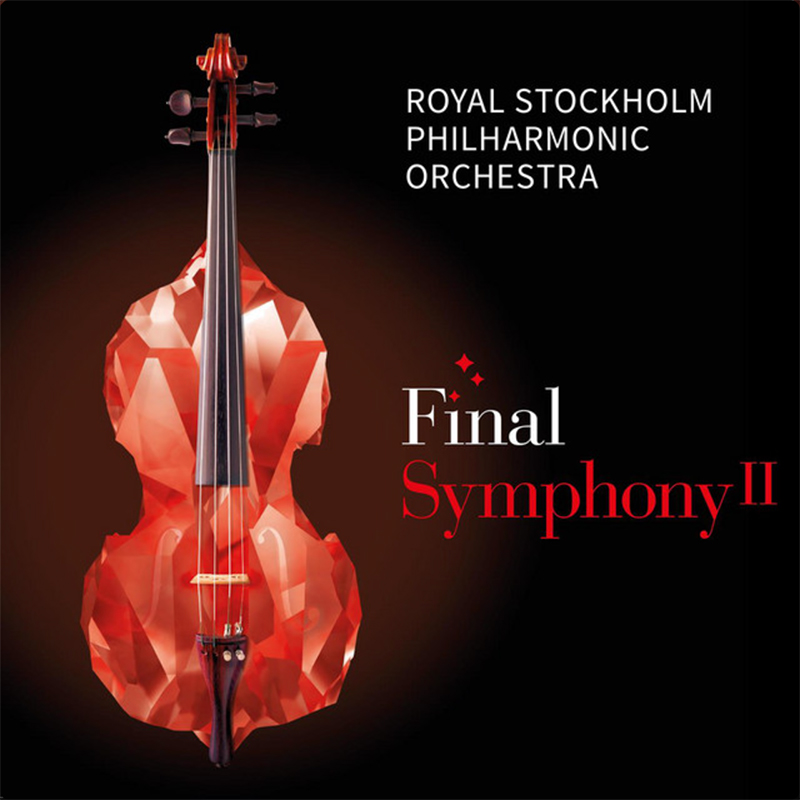
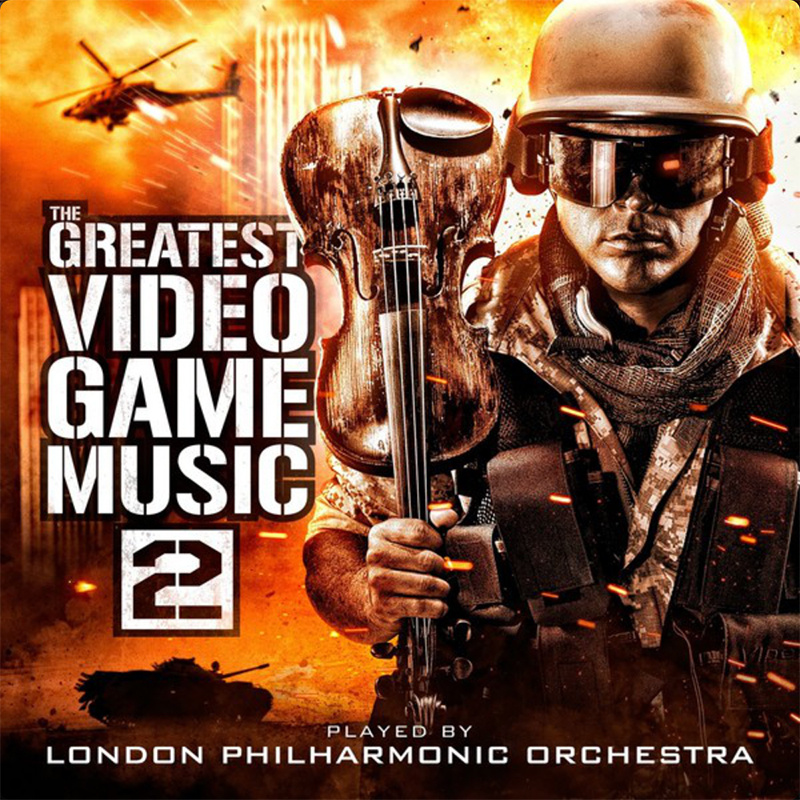
In the former, those involved in the planning and execution had a deep understanding of both the original game music and of the Western classical orchestra, what makes each side work well (or not), and therefore could bridge that gap with confidence and conviction. The latter, on the other hand, comes across as a cheap cash-grab brought forward by record label executives with little to no thought given to coherence or translation from original music to orchestral arrangement.
Or, put thrash metal legends Metallica’s mostly amazing live double-CD “S&M” from 1999 side by side with power metal act Rhapsody’s hubris-laden EP “The Dark Secret” from 2004.
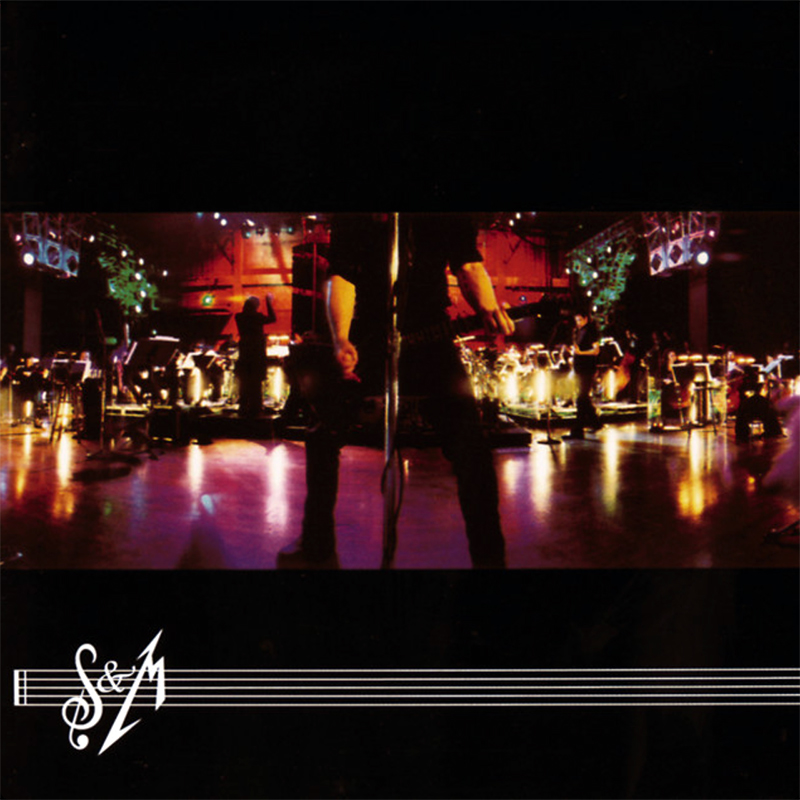
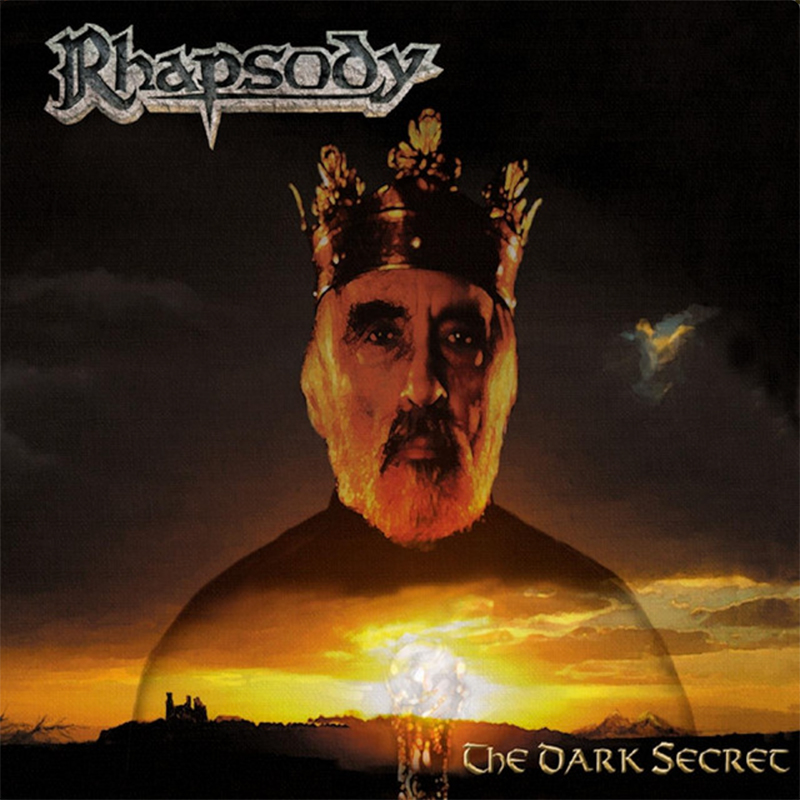
For the Metallica album, the title of which is an abbreviation of “Symphony and Metallica” but very consciously evokes a certain sexual subgenre, the group collaborated with legendary American film composer Michael Kamen on the orchestral arrangements. Kamen’s experience in film scoring meant he had decades of experience in combining amplified band instruments with a symphony orchestra – in this case, the San Francisco Symphony – into a cohesive whole.
On the other hand, Rhapsody’s co-songwriter and principal arranger, keyboardist Alex Staropoli appears to not have been quite able to translate his – admittedly excellent – arranging and producing skills using sampled orchestral instruments into working with a live ensemble. The two may seem similar to a layperson but are in fact very different. Instead of a tight, epic soundscape there is a thick, hazy mix-porridge topped with the voice (and cover photo) of Saruman himself, Christopher Lee.
As for more exciting recordings of folk music, they are legion. For some reason, the first that came to mind is Swedish folk trio Triakel’s Hammerdalsvisan (“The Hammerdal Tune”). Listen to it and try – I dare you! – not to start stomping at least one foot.
Finally, dear reader, on an entirely different note, I just want to remind you that today is (or was, depending on when you read this post) February 29th – perhaps the coolest date in the entire year.
